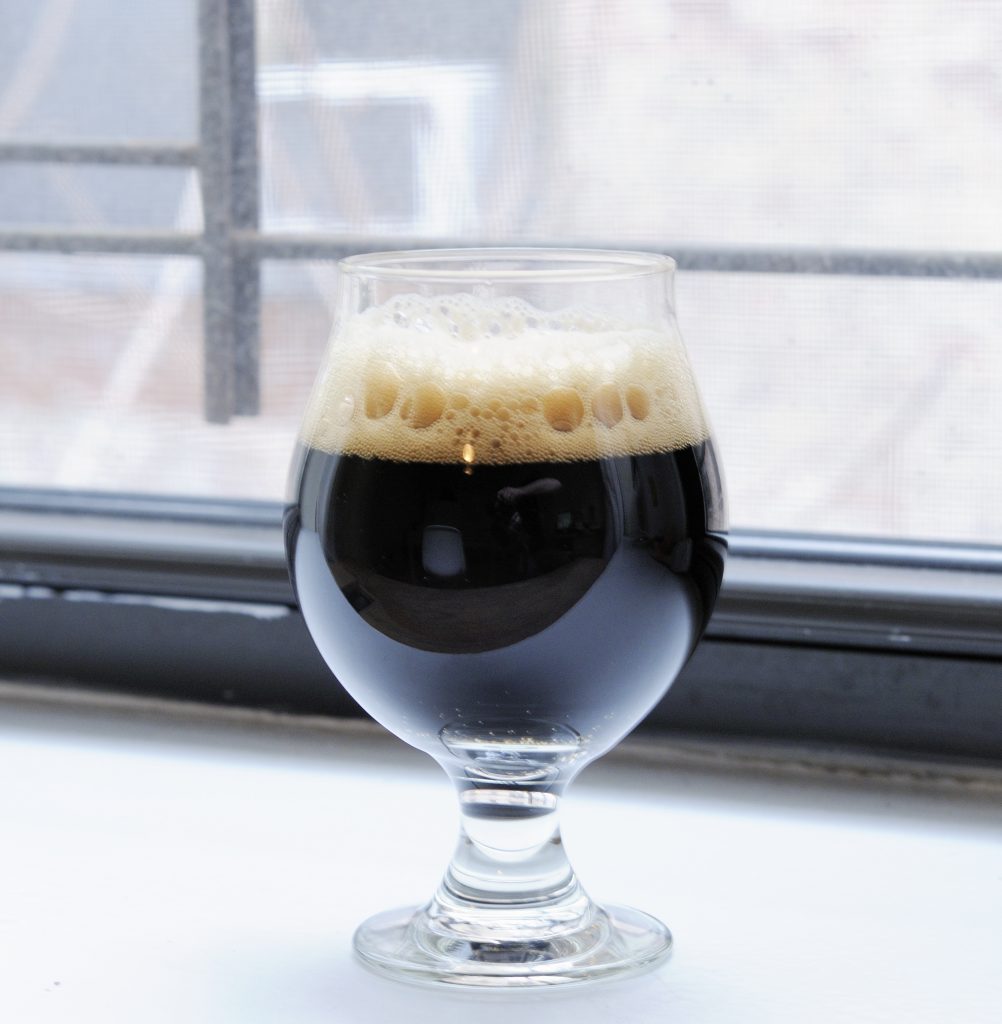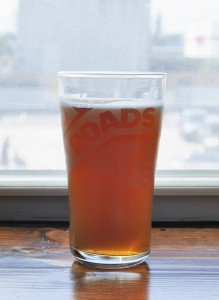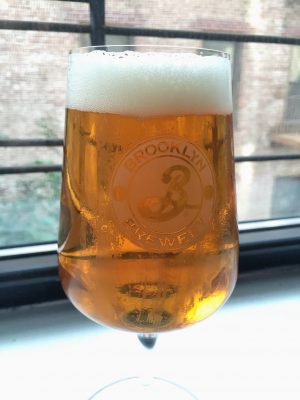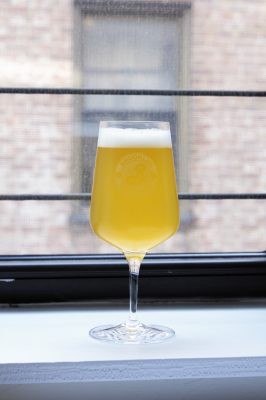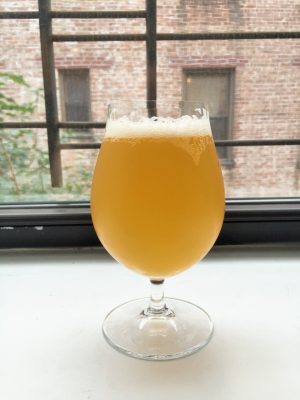Update 4/2/2017 – This beer placed 3rd in the first round of the National Homebrew Competition and will be moving on to the final round at Homebrew Con in Minneapolis.
Back in the day, I remember feeling a certain bravado and sense of sophistication when ordering a pint of Guinness.
It’s dark! It’s so thick! Look at the head and those bubbles!
Today I consider Guinness the bunny hill of craft beer slopes. But back then, it was GUINNESS. It was different, so much older than the American macro lager I was accustomed to. Something with flavor. Something exotic. Something authentic. In spite of the feelings I have today, Guinness will always invoke a sense of nostalgia and serve as a delicious reminder of when I first started exploring the world of beer.
Somewhat ironically, I had always thought of Guinness a filling beer, something thick. Only with age and beery wisdom, have I come to see it as something quite the opposite. A session beer that happens to have tons of flavor without imposing heavy caloric tariffs on my waste line or alcoholic ones on my liver. So in honor of St. Patrick’s day, an homage to one of my earliest beers of choice. This version has a bit more roast character, but I think it is on par in sessionability and deliciousness to the original Irish Stout.
Irish Stout Recipe
Specifications:
Size: 3.25 gal
Efficiency: 72%
Attenuation: 75%
Original Gravity: 1.047
Terminal Gravity: 1.012
Color: 32.8 SRM
Alcohol: 4.2% ABV (calculated)
Bitterness: 37.3 IBU
Malt Bill:
4.25 lbs. (69.4%) Crisp Maris Otter
1.0 lb. (16.3%) Briess Flaked Barley
6 oz. (6.1%) Muntons Roasted Barley
4 oz. (4.1%) Thomas Fawcett Chocolate Malt
4 oz. (4.1%) Briess Midnight Wheat
Mash Profile:
150°F – 60m
Water Treatment:
Extremely Soft NYC Water
2 g. Gypsum (to mash)
5 g. Chalk (to mash)
Hopping:
1 oz. East Kent Goldings (5.1% AA) – 60m
Kettle Additions:
0.5 ea. Whirlfloc Tablets (Irish moss) – 15m
0.5 tsp. Wyeast Nutrient – 10m
Yeast:
Wyeast 1056 American Ale
Tasting Notes:
Judged as a BJCP 15B Irish Stout
Aroma (8/12):
Moderately high aroma of roasted malts, with some complexity including notes of dry baker’s chocolate, coffee, and a touch (perhaps too much) of ashy and smoky roast. The roast is somewhat aggressive and pushes the upper end of the style limit. Beyond the roast is a very nice bready, slightly sweet malt component that is quite inviting, like baking bread. No crystal sweetness, hop character, or fermentation esters.
Appearance (3/3):
Quite black, although if you hold the edge of the glass to the light you see some very dark ruby notes. Large, soapy bubbles build a nice persistent tan head.
Flavor (17/20):
The roasted flavor is a bit less than the nose would have hinted at, but has a nice round baker’s chocolate character. The roast is quite drying on the tongue. There are some pleasant toasty malt flavors, but the beer is devoid of any sweet caramel or toffee character. There is a firm medium-plus bitterness that leaves the palate quite dry, especially when combined with the roast.
Mouthfeel (5/5):
Medium body with a nice fullness that avoids being too filling. The mouthfeel is pretty exceptional considering the low starting gravity of this beer. There is a slightly acidic tang that brightens the palate and gives the beer a bit more personality.
Overall Impression (7/10):
The is a great iteration of Irish Stout; though it pushes the upper limit of roast that I would expect in this style, especially when compared to a macro commercial example like Guinness. The roast has a slight acrid note that I’d prefer didn’t exist in the beer and probably could be eliminated by choosing a different maltster, other than Muntons for the roasted barley.
Excellent (40/50)


